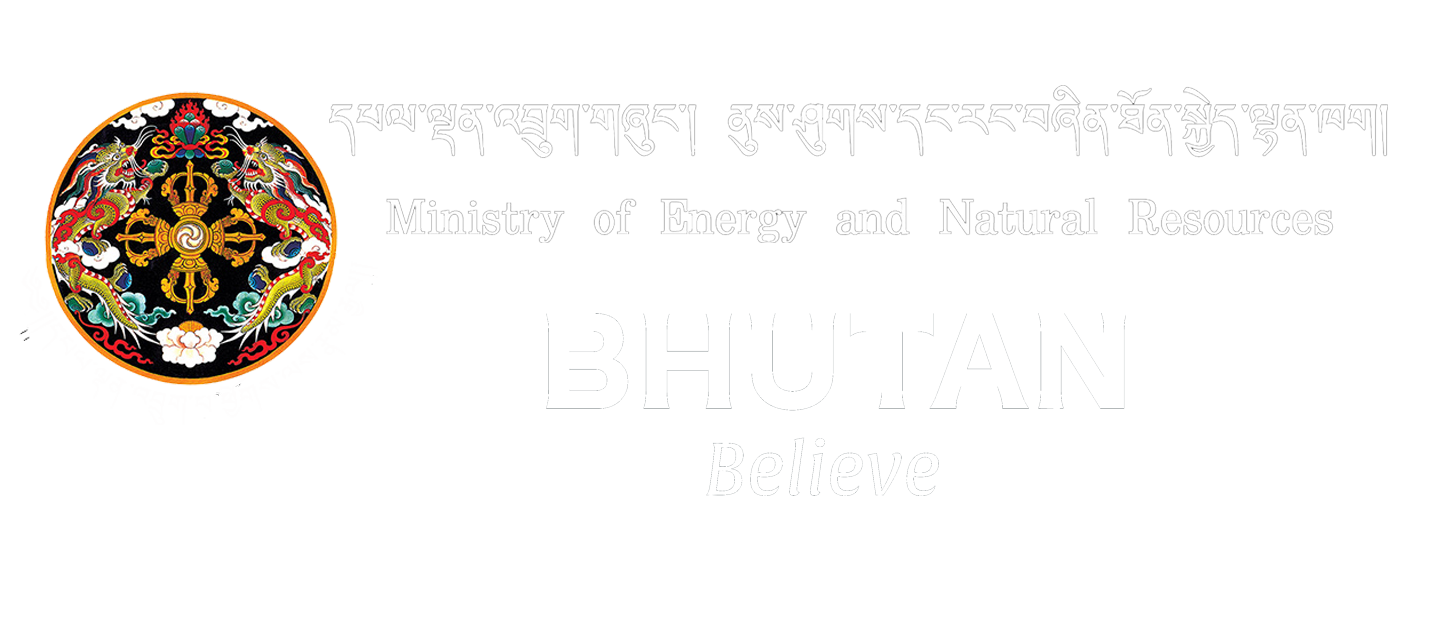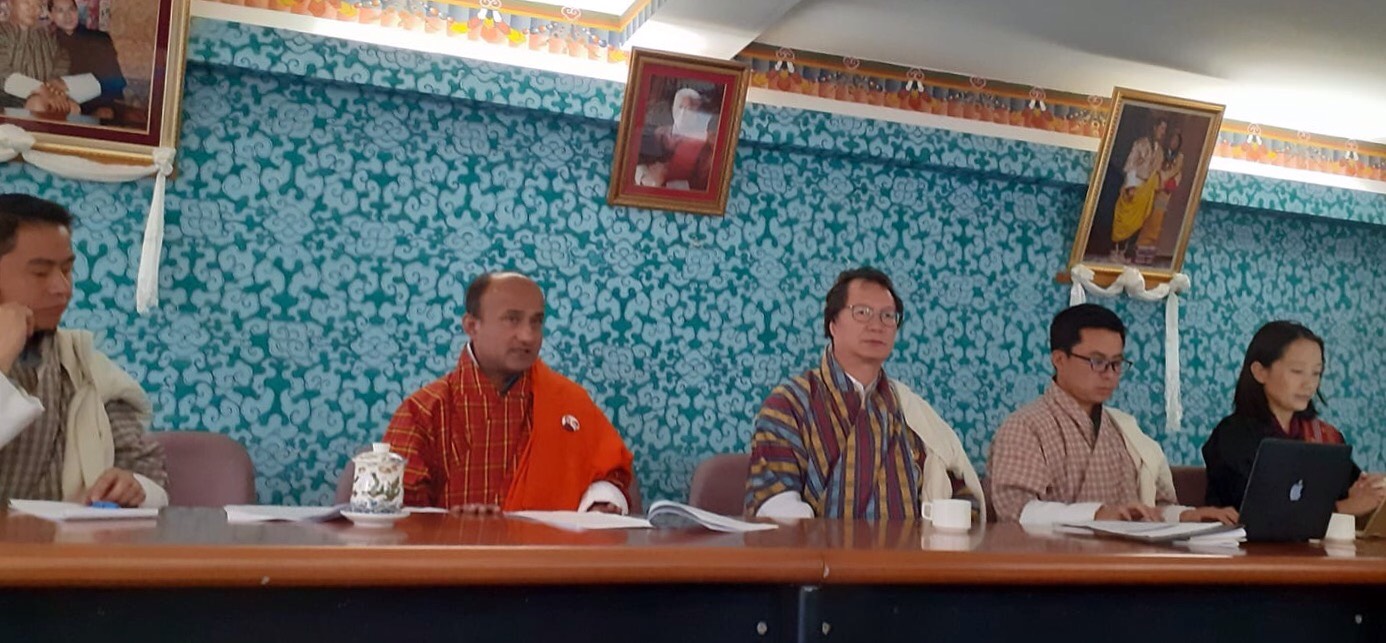Recognizing the importance of fair distribution of benefits for all people from harnessing natural resources of the nation such as hydroelectricity and in keeping with the spirit of the Constitution, and the vision of His Majesty the King as well as Narrowing the Gap priority of the Government of the day, the Royal Government has approved the domestic electricity tariff for 2019/20-2021/22.
While considering this tariff revision, rather reduction, government has carefully looked into investment cost, economic and financial implications, and burden to future generations. The need to reduce dependence on fossil fuel, promote CSIs and use of electric and hybrid vehicles as pledged by the government were also considered during the revision of the same. The government has approved subsidy allocation of Nu. 1,478.57 million per annum on average for next three years for LV and MV customers and will go a long way in ensuring affordable electricity to the customers, in particular the urban dwellers with limited energy options at their disposal.
Some of the new initiatives are:
- Maintained rural subsidy of 100 units free electricity per month, and introduced new subsidy of 200 units free per month for Highlander community: This is to ensure comfortable and healthy Living conditions in rural areas and improve access to modern amenities without getting burdened due to their everyday utility charges.
- Maintain LV block I (others) tariff same as current tariff, and increased LV block II energy range to 500 units from 300 units, while at the same time maintaining the prevailing tariff rate: Notable innovative incentive particularly those using electricity more than 100 units (Block II) by increasing 200 units more in this range (revised range is 101-500) besides maintaining existing tariff. Such initiative is intended to reduce burden for those people living in urban areas and enhance their living conditions and encourage using electric appliances, induction cookstoves, which reduces dependency on non-renewable energy sources like LPG cooking fuels, as envisioned by this government. The Government also acknowledges that all urban dwellers aren’t there by their choice or have better living alternative; instead, many are struggling with growing urban complexities and rising cost of living. The Government remains conscious of “urban poor” people, who find difficulty in making ends meet and has ensured affordability is addressed by not increasing electricity tariff for Block-I and II users. The urban dwellers are the highest beneficiary in the revised tariff cycle.
- Increased Block III (above 500 units) and LV bulk tariffs by 1% annually from the prevailing tariff: While allocating subsidies, the Government has given serious consideration on gradual phasing out of such subsidies and rationalizing electricity tariff rates in the long run and to encourage judicious and prudent use of electricity by the consumers. The increase is far below inflation rate of the country and this minimal increase is to send a clear signal to adopt energy efficiency and to ensure long term sustainability.
- Promote cottage and small industries (CSIs) in keeping with 12th plan objectives and government pledge: The Government envisages encouraging small and cottage industries (CSIs) in the country in line with the 12th FYP In order to establish diversified, resilient and robust economy, the growth of CSIs should be facilitated based on the foundation of our comparative advantage – hydroelectricity. As such, the Government has approved Block – II and above tariff for CSIs with the intent to galvanize young entrepreneurs in taking up CSI activities in rural areas, and create employment opportunities, and reduce rural-urban migration.
- The MV tariff increased by average 10% annually which is the highest increase in this tariff cycle despite government effort to contain its increase by providing subsidy: Without subsidy would entail 26% increase in tariff which would hurt this sector adversely. Therefore, by taking cognizance of the contribution of medium industries to the economy and considering the long-term energy security and sustainability of the sector, the sudden increase and shock is addressed with a subsidy injection of Nu.85.02 millions per annum.
Overall, electricity tariff revision for this cycle is in consonance with the government’s pledge towards developing an inclusive, sustainable and equitable economy. In essence, it is people centric tariff, where benefits accruing out of hydropower revenue is spread more to lower echelon of the people of Bhutan, so that they not only meet the current needs comfortably, but also use the energy in a productive manner and gear towards a prosperous future. The noticeable difference in new tariff design is that it not only provides targeted subsidy to the needy ones but also ensures a clear trajectory for reduction of subsidy in a long run thereby making the entire scheme sustainable. The way forward would be to work towards long term power purchase arrangements with industries, containing cost of supply for medium voltage consumers, and channeling revenue energy to other productive economic activities. Government has also approved Energy Efficiency and Conservation Policy recently, which would provide overall policy guideline in using energy efficient technologies, and production means to reduce energy intensity. Future lies in making our economy competitive through use of smart technologies and infrastructure that save energy besides concerted effort by the Government to contain electricity cost of generation and supply so that electricity remains one of the cheapest factor of production. The Government will also be exploring other alternative renewable energy resources and technologies in meeting the primary energy requirement.
Table 1: Revised tariff schedule and subsidy allocation
| Customer Category | Unit | Existing Tariff | Proposed Tariff | Avg. annual subsidy in Nu. million | ||
| 2018-19 | 2019/20 | 2020/21 | 2021/22 | |||
| Low Voltage (LV) | ||||||
| Block I (Rural) 0-100 kWh | Nu./kWh | 0 | 0 | 0 | 0 | 462.07 |
| Block (Highlanders) 0-200 kWh | Nu./kWh | 0 | 0 | 0 | 4.51 | |
| Block I (Others) 0-100 kWh | Nu./kWh | 1.28 | 1.28 | 1.28 | 1.28 | 229.03 |
| Block II (All) 101- 500 kWh | Nu./kWh | 2.68 | 2.68 | 2.68 | 2.68 | 280.48 |
| Block III (All) Above 500 kWh | Nu./kWh | 3.53 | 3.57 | 3.6 | 3.64 | 336.58 |
| LV Bulk | Nu./kWh | 4.02 | 4.06 | 4.1 | 4.14 | 80.88 |
| Medium Voltage (MV) (6.6kV/11kV/33kV) | sub-total | 1,393.55 | ||||
| Cost of Supply | Nu./kWh | 4.09 | 4.29 | 4.5 | 4.7 | 85.02 |
| High Voltage (HV) (66kV and above) | Total | 1,478.57 | ||||
| Cost of Supply | Nu./kWh | 2.23 | 2.26 | 2.26 | 2.26 | |

